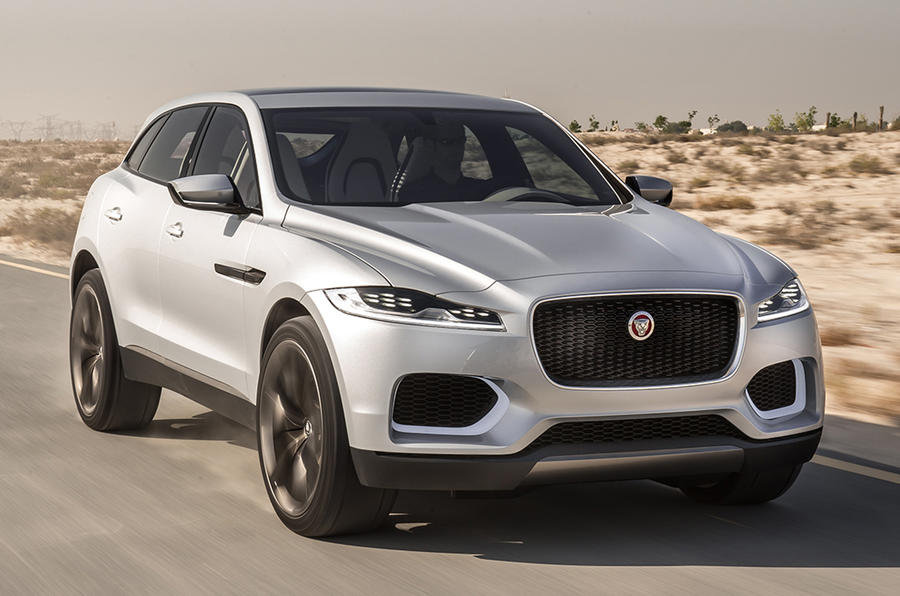What is it?
From the driver's seat you look over the Jaguar C-X17’s lumpy bonnet, rather than down it as usual, yet this car could only be a Jaguar.
It may offer a different view of the road from that of any other Jaguar ever built, but there's enough evidence in those shapes over which you're seeing the road to remove the need for any kind of label.
The middle of the bonnet has a reassuring power bulge, not identical to any other Jaguar's but strongly related. At either side, two gentle curves gracefully intersect at the car's frontal extremity, one pair gliding across the top of each headlight, the other describing the muscle that runs above each front wheel.
This is the latest iteration of C-X17, the concept version of the all-wheel-drive "sports crossover" Jaguar will surely launch in two or three years' time off the enormously expensive all-aluminium architecture in which it is pouring every earned pound - and then some - to build a viable future among the world's premium car manufacturers.
When I ask whether the new aluminium structure lurks beneath the elegant skin of this particular prototype, engineer Graham Wilkins, vehicle engineering manager for the cars that will use this new architecture tell me it is not much more than an engineering lash-up. "It has a supercharged XK engine," he says, "and it has four-wheel drive. It's not the real thing, but more of a bespoke experiment. What's important is it proves the car can look that good, yet all the new stuff would fit under there. That's as important as having it in place."
Jaguar high-ups have been in two minds about how to treat the C-X17 ever since it first broke cover with a mighty fanfare two months ago. For some it's a way of showing that the Jaguar F-Type's design style can extend to one automotive extremity - sports cars - to the other, SUVs, while encompassing saloons and estates on the day. Ergo, Jaguar can build whatever cars its R&D department believes the market will take.
Others feel this concentration on design style obscures the significance of the wholesale change to aluminium, a programme costing many millions that will effect every Jaguar ever made from now on. It is becoming apparent that this is not merely a compact architecture Jaguar is building but the basis of its entire future range - looking ahead for two decades and more.








































Join the debate
Add your comment
Ignore them all, Jaguar!
I wonder if anyone over 6
But it won't happen with this